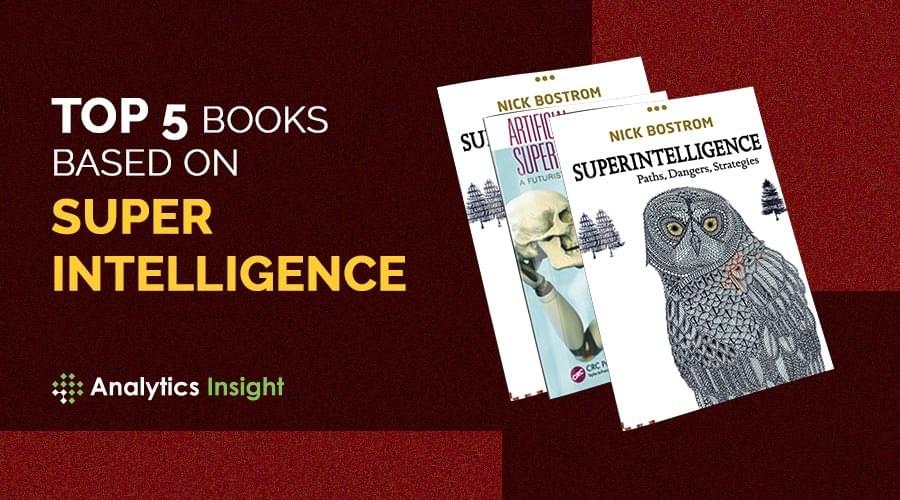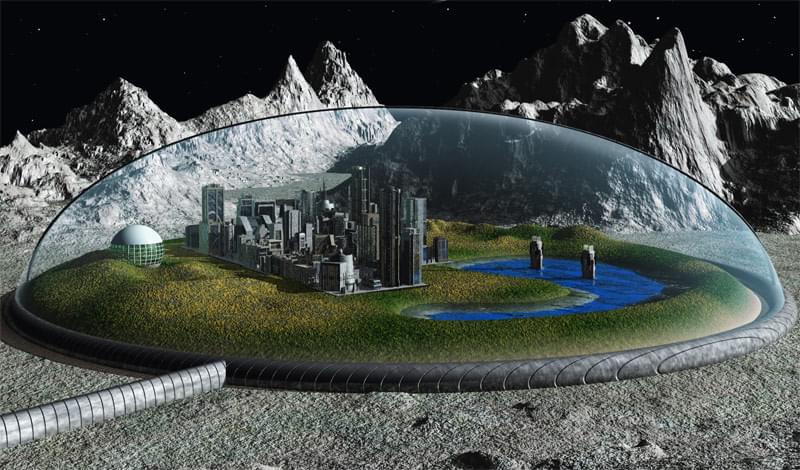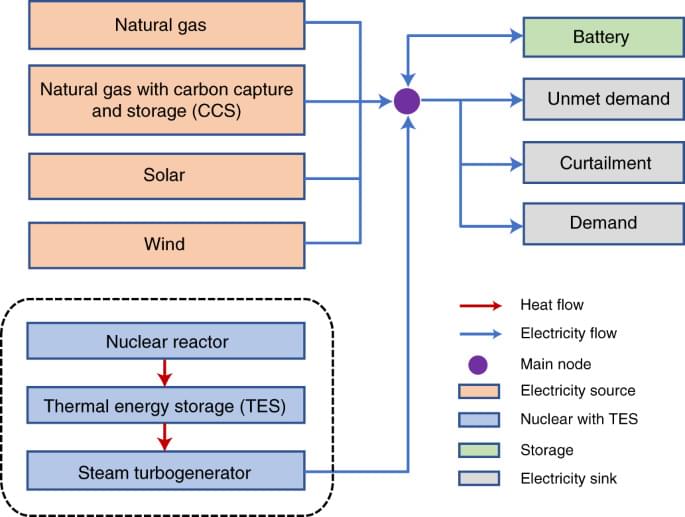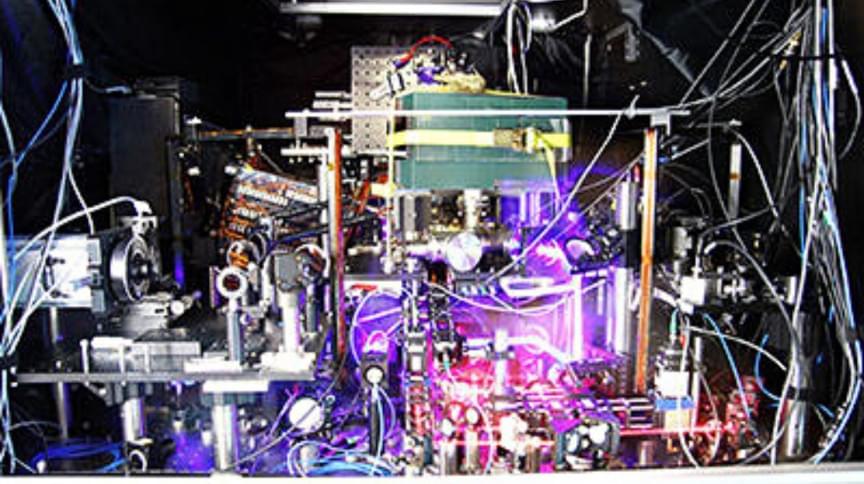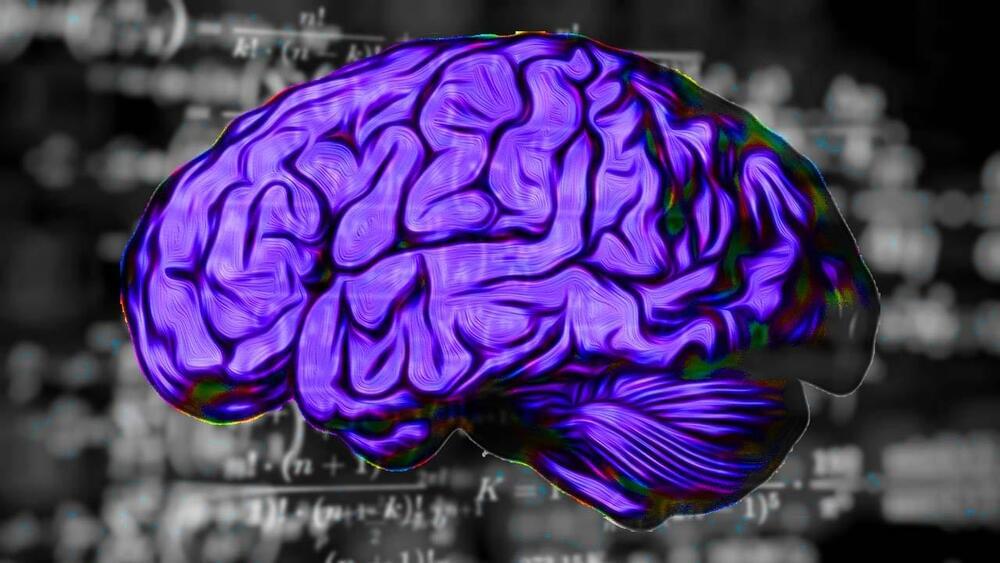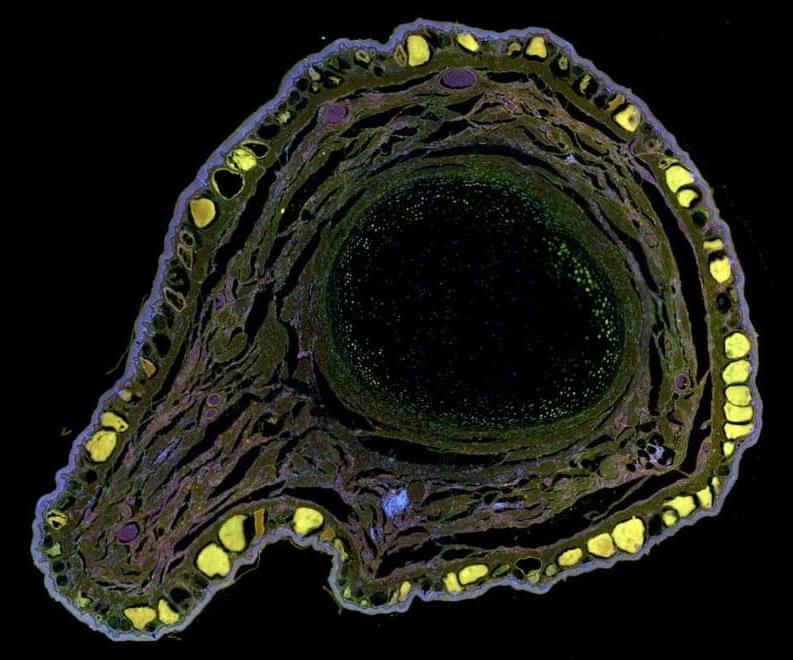The Adam Smith Institute (ASI), a neoliberal think tank based in London, UK, has published a new report on property rights in space. It suggests dividing the Moon into regions and privatising it, which the institute believes could help end global poverty.
Space Invaders: Property Rights on the Moon, by economic consultant Rebecca Lowe, argues that creating a clear system of property rights in space could empower all of humanity with a greater stake in space exploration, as well as accelerating scientific discovery.
The Outer Space Treaty of 1967 – of which 111 countries are party to, including all major spacefaring powers – states that space is the “province of all mankind” and shall be freely explored and used by all nations. It precludes any country from claiming sovereignty over outer space or any celestial body, regardless of what national flags are planted on its surface.
